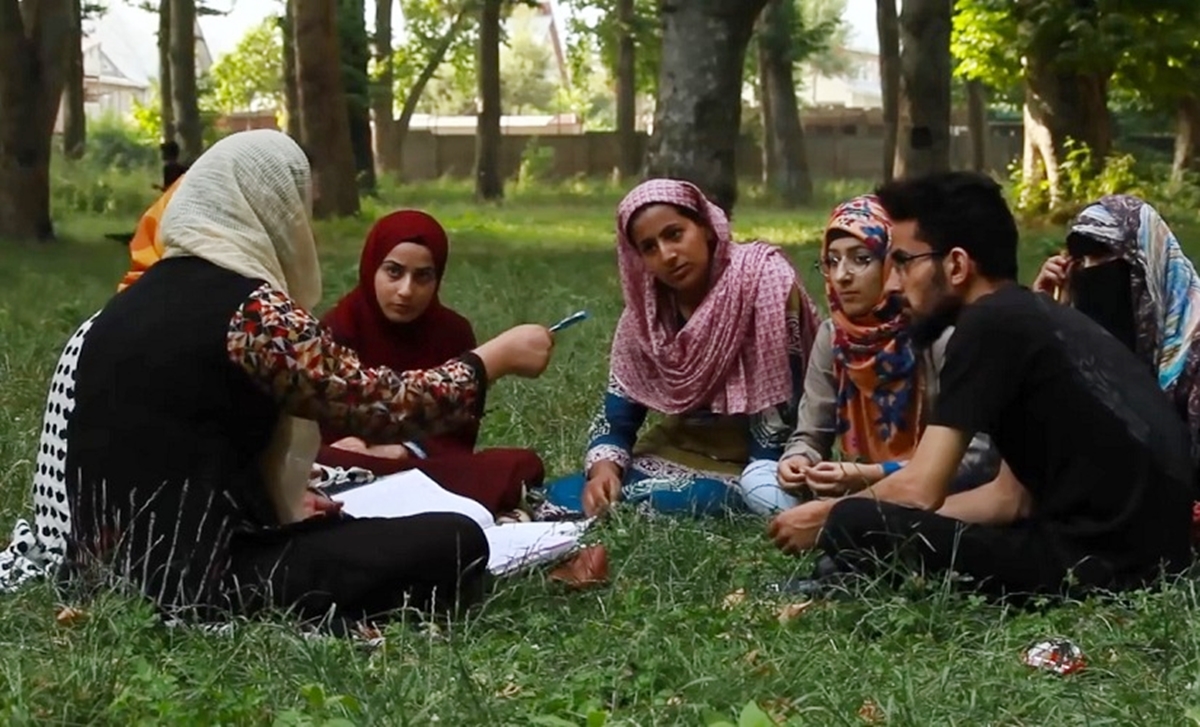Posted by Roheet Bose The sound of the mid-day azzan from the speakers of the local mosque, Masjid-E-Hazrath, made its…
Login to Read!
This content is restricted to site members. If you are an existing user, please log in below. Or you can can create an account here.

